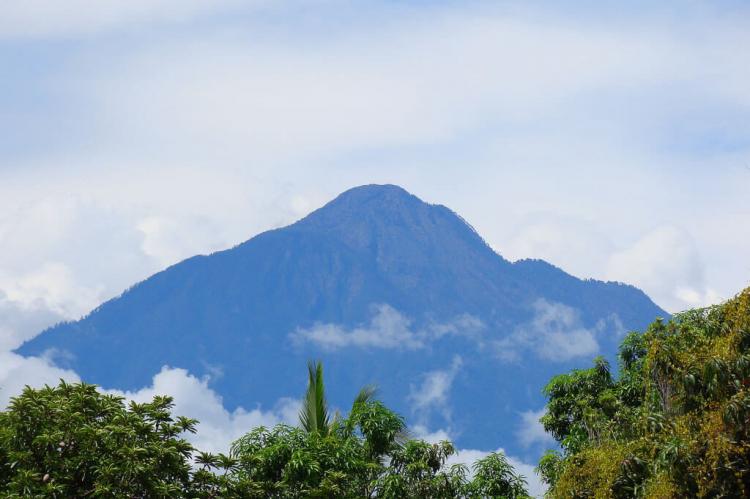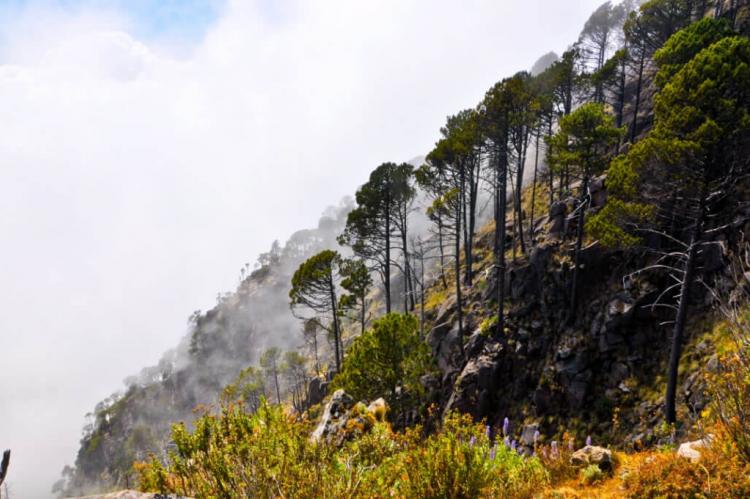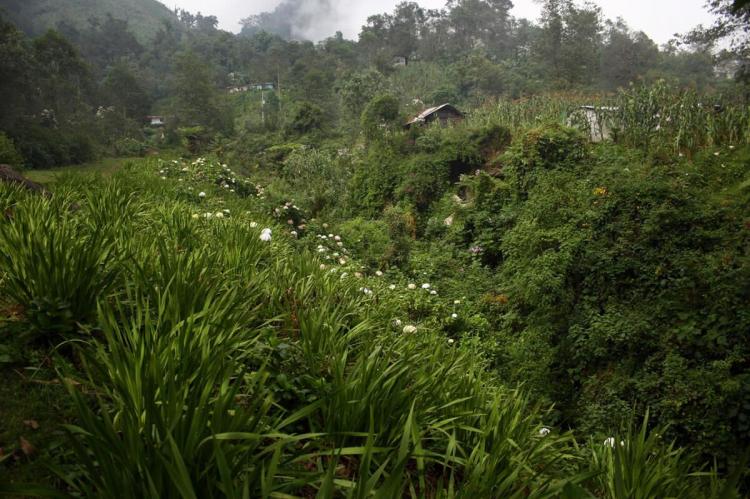Volcán Tacaná Biosphere Reserve (Mexico)
The Volcán Tacaná Biosphere Reserve encompasses the Tacaná Volcano in Chiapas, on the Mexico-Guatemala border. The volcano is part of the Central America Volcanic Arc. It contains fragile ecosystems rich in wild flora and fauna of cultural, scientific, economic, and biological relevance.
Volcán Tacaná Biosphere Reserve
The Volcán Tacaná Biosphere Reserve encompasses the Volcán Tacaná in Chiapas, Mexico, on the border with Guatemala. The volcano is the second-highest peak in Central America at 4,060 m (13,320 ft) and is located in the Sierra Madre de Chiapas of northern Guatemala and southern Mexico.
Volcán Tacaná is part of the Central America Volcanic Arc. It contains fragile ecosystems rich in wild flora and fauna species of cultural, scientific, economic, and biological relevance.
Its rich biodiversity and high endemism are found mainly in the high mountain ecosystem and landscapes and in the volcanic edifice, which presents geophysical features of great scientific and aesthetic value, representative of humid environments of Andean origin in Mexico.
The main types of ecosystems found in the Volcán Tacaná area are terrestrial, and they are represented basically by middle evergreen forests, hard and flat-leaved forests (oak), forests of acicular or scale-like leaves (pines), and high moors, which are characteristic and unique in Chiapas and the country.
Precipitation can reach 2000 - 5000 mm per year (79 - 197 in) in the Soconusco region. The result is that only in this area of the vast Mexican slope of the Pacific are dense and high rainforests, which could be compared to the ones found in the most humid regions near the Atlantic Ocean.
Flora and Fauna
The Biosphere Reserve is a rich reservoir of endemic and other species of Central and South American origin, which, in Mexico, are only to be found in this area.
The topography is rugged, with ecosystems of evergreen medium-altitude forests, cloud forests, and pine, oak, and fir forests. It is the only place in the country where two ecosystems are represented: the Tropical Páramo and the Chusqueal ecosystems.
The Volcán Tacaná Biosphere Reserve harbors a rich variety of endemic species of flora (Chusquea martinezi) and fauna (Cyllopsis spp. Limanopoda cinna, Dalla sp. Lepidoptera-Rhopalocera).
Among the volcano's biota are many charismatic or protected species, such as the Canaco tree (Chiranthodendron derbianus) and the Ornate hawk-eagle (Spizaetus ornatos). In addition, there are innumerable species of orchids and bromeliads.
Socio-Economic
Human activities in the Reserve include coffee-growing, flower-growing, bee-keeping, agriculture, and tourism.


